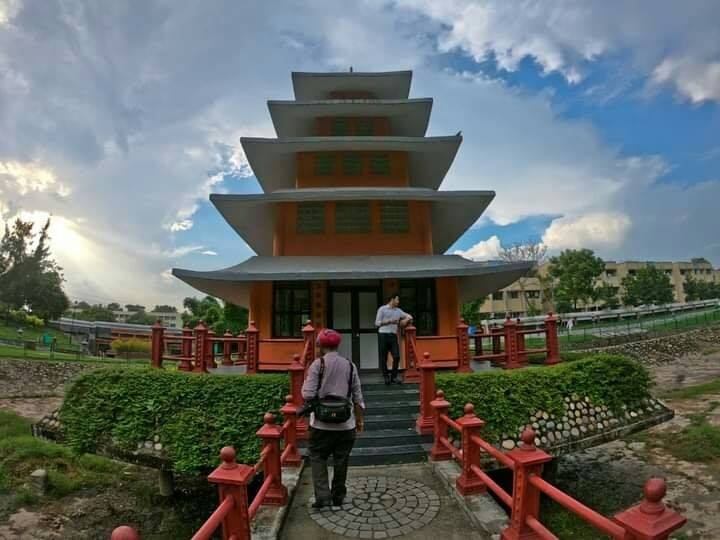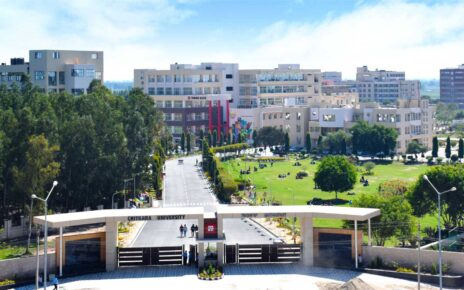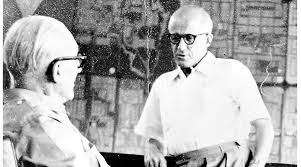Chandigarh, the first planned city of India, was formally inaugurated by India’s first president, Rajendra Prasad on this day at Rajendra Park, the area between the Secretariat and Punjab Engineering College.

‘The Governor and Council of Ministers of Punjab request the pleasure of the company of… on the occasion of the inauguration of the Capital at Chandigarh by the President of India on Wednesday, the 7th October 1953 at 4 pm,’ read the invitation.
Nestled in a picturesque setting in the foothills of Shivalik hills, City Beautiful is a representative of modern architecture and town planning. It was born as a result of the Partition and its principles were laid down by India’s first prime minister Jawaharlal Nehru.
On his first visit to Chandigarh in 1952, he said, “The site chosen is free from existing encumbrances of old towns and old traditions. Let it be the first large experience of our creative genius flowering on our newly earned freedom.”
A creation of French architect Charles-Édouard Jeanneret, popularly known as Le Corbusier, the Capitol Complex was inscribed by the United Nations Organisation for Education, Science and Culture (UNESCO) as World Heritage Site at the 40th session of World Heritage Conference in Istanbul, Turkey.
The Master Plan by Le Corbusier was broadly similar to the one prepared by Albert Mayer and Mathew Novicki. The metaphor of a human being was employed in the plan – the ‘head’ contained the capital complex, the ‘heart’ the commercial centre (Sector 17), and the ‘arms’, which were perpendicular to the main axis, had the academic and leisure facilities. The plan incorporated Le Corbusier’s principles of light, space and greenery.
The high court, the Assembly and the Secretariat were Le Corbusier’s most revered creations. The idea was to house the judiciary, legislative and executive powers of Punjab together. Chandigarh consists of more than 50 rectangular sectors which are separated from one another by broad streets carrying traffic. The main government buildings are in the northern part of the city and in southeast are the industrial areas, separated from the residential sectors by a greenbelt.




